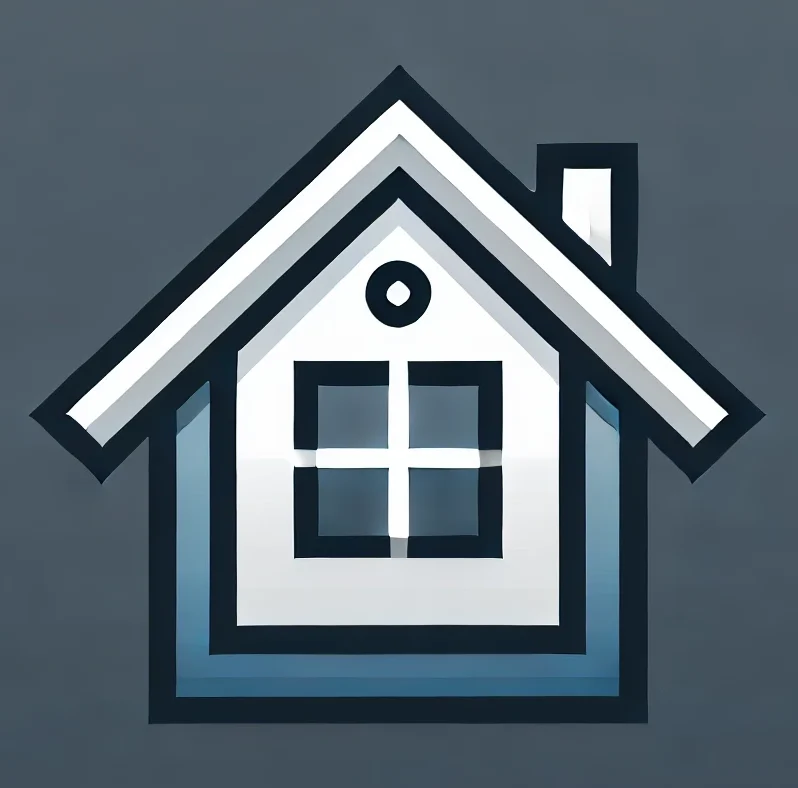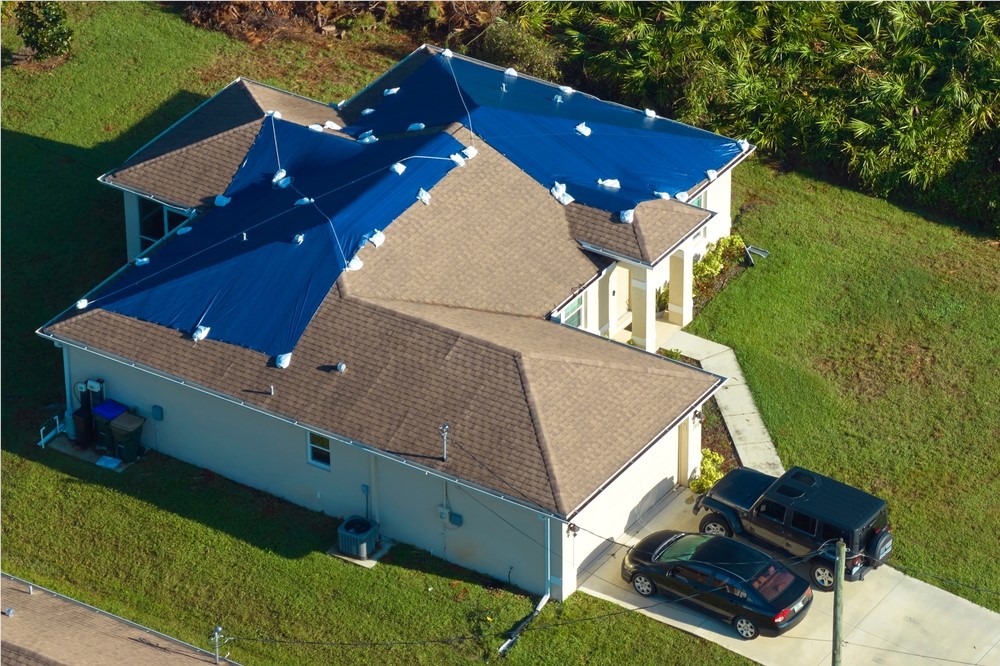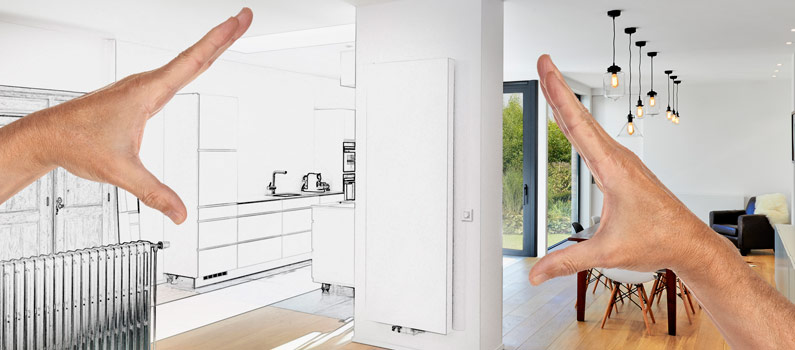As a homeowner in Canada, where the weather can range from harsh winter storms to humid summers, it’s essential to keep your windows and roof in good condition. These critical components protect your home from the elements, improve energy efficiency, and maintain the comfort of your living space. However, over time, both windows and roofs can show signs of wear and tear, requiring repairs or replacements. Identifying the early warning signs can help you avoid costly damage down the road. Here’s a comprehensive guide to recognizing when your windows and roof need repair.
1. Signs Your Windows Need Repair
Windows play a crucial role in maintaining energy efficiency, enhancing natural light, and keeping your home comfortable. Damaged or inefficient windows can lead to heat loss, higher energy bills, and even structural damage if not addressed. Here are some key signs that your windows may need repair.
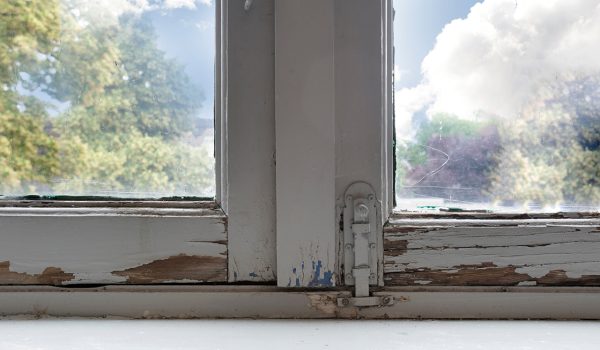
a. Drafts and Air Leaks
One of the most common signs that your windows need attention is the presence of drafts. If you feel a cold breeze coming through your windows during the winter or warm air in the summer, it’s likely that your windows aren’t properly sealed.
How to Check:
- Hold a candle or lighter near the edges of the window frame. If the flame flickers, you likely have an air leak.
- Inspect for gaps or cracks in the caulking around the window frame.
Solution: Re-seal the windows with fresh caulking or weatherstripping to block air leaks. If the drafts persist, it may be time for a window replacement.
b. Condensation Between Windowpanes
Condensation between the panes of double- or triple-pane windows is a clear sign of a broken seal. This allows moisture to get trapped between the glass, leading to foggy windows and reduced insulation performance.
Why It Happens:
- Over time, the seals around insulated glass units can degrade due to temperature fluctuations, causing the insulating gas (such as argon or krypton) to leak out.
Solution: In most cases, repairing the window seals is difficult and costly. Replacing the glass or the entire window is often a more effective solution to restore energy efficiency.
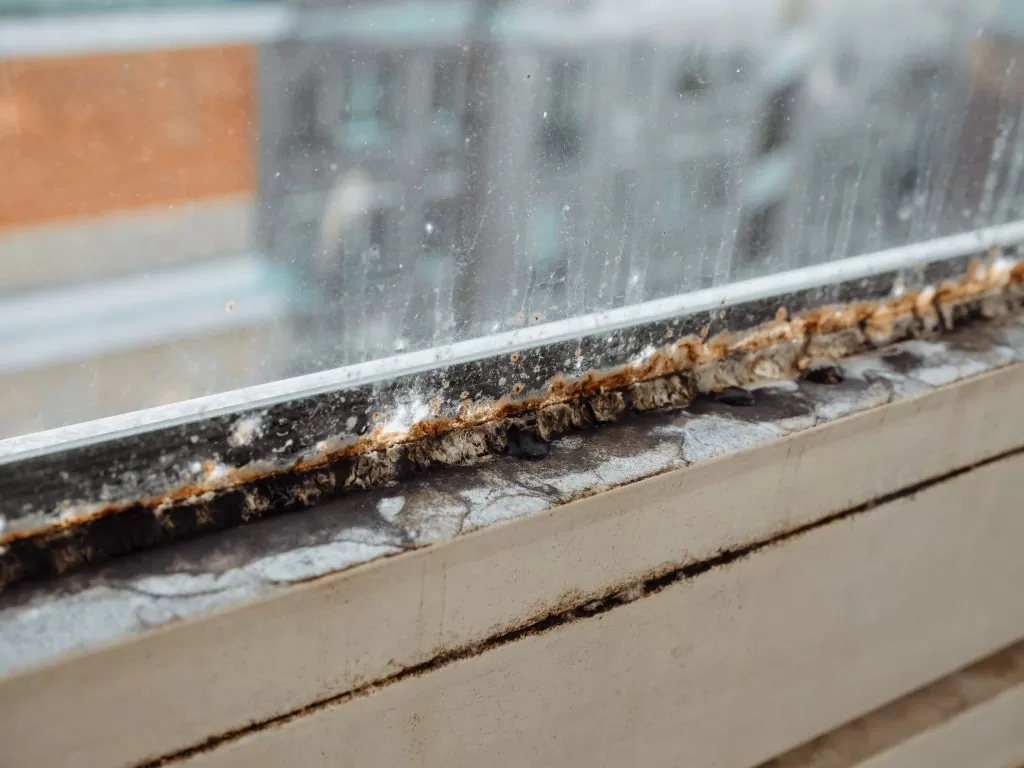
c. Difficulty Opening or Closing Windows
Windows that are difficult to open or close indicate problems with the window frame, hardware, or balance system. Over time, wood frames can warp due to moisture, and metal or vinyl frames may become misaligned.
Signs to Watch For:
- Windows that stick or jam when you try to open or close them.
- Cracked or rotted wood frames.
- Rusted or damaged window tracks and hardware.
Solution: Repairing the window frame or replacing the hardware may resolve the issue. However, if the window frame is severely damaged, a full replacement may be necessary.
d. Rising Energy Bills
If you’ve noticed an unexplained increase in your heating or cooling costs, your windows may be to blame. Old, inefficient windows allow heat to escape in the winter and let in warm air during the summer, forcing your HVAC system to work harder.
Signs to Watch For:
- Higher-than-normal energy bills during extreme weather months.
- Temperature differences near windows compared to the rest of the room.
Solution: Energy-efficient window replacements, such as double- or triple-pane windows with Low-E coatings, can help lower energy costs by improving insulation.

e. Water Damage or Rot Around Frames
Moisture infiltration around your windows can cause water damage, leading to mold, rot, and structural issues. Signs of water damage include peeling paint, warped wood, or soft, spongy areas around the window frame.
Solution: If caught early, minor repairs like re-caulking or replacing the trim can prevent further damage. If the rot is extensive, replacing the window and repairing the surrounding structure may be necessary.
2. Signs Your Roof Needs Repair
Your roof is your home’s first line of defense against rain, snow, wind, and extreme temperatures. Regular maintenance and prompt repairs are essential to avoid costly damage to your home’s interior. Here are some signs that your roof may need repair.
a. Missing or Damaged Shingles
Shingles protect your roof from water infiltration, so missing or damaged shingles can leave your home vulnerable to leaks. Strong winds, heavy snowfall, and storms are common causes of shingle damage.
Signs to Watch For:
- Shingles that are cracked, curling, or completely missing.
- Granules from shingles collecting in gutters or downspouts.
- Exposed underlayment or roof decking.
Solution: Replacing the damaged or missing shingles promptly can prevent leaks and further damage. If large sections of the roof are affected, a roof replacement may be necessary.
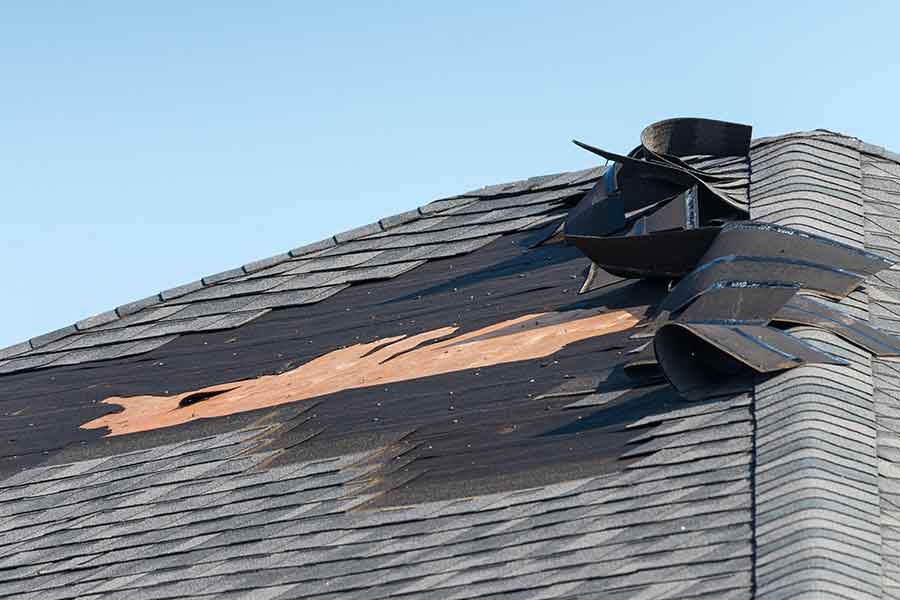
b. Leaks and Water Stains on Ceilings or Walls
Water stains on your ceilings or walls are a clear indication that your roof is leaking. Leaks can occur due to damaged shingles, cracked flashing, or poor roof ventilation, allowing moisture to seep into your home.
Signs to Watch For:
- Dark stains or streaks on ceilings, walls, or in the attic.
- Visible water dripping from the ceiling after heavy rain or snowfall.
- Mold or mildew growth in the attic or on interior walls.
Solution: Addressing the source of the leak quickly is critical. A professional roofer can identify the problem area and repair the damaged section before it leads to more extensive water damage.
c. Sagging Roofline
A sagging roofline is a serious structural issue that indicates the roof’s support system is compromised. This problem can result from water damage, excessive snow loads, or deterioration of the roof’s framing.
Signs to Watch For:
- A noticeable dip or sag in the roofline.
- Soft or spongy areas when walking on the roof.
- Cracks in the interior walls or ceiling, indicating structural stress.
Solution: A sagging roof requires immediate attention from a professional roofer. The underlying structure may need reinforcement, and in severe cases, a full roof replacement may be necessary.
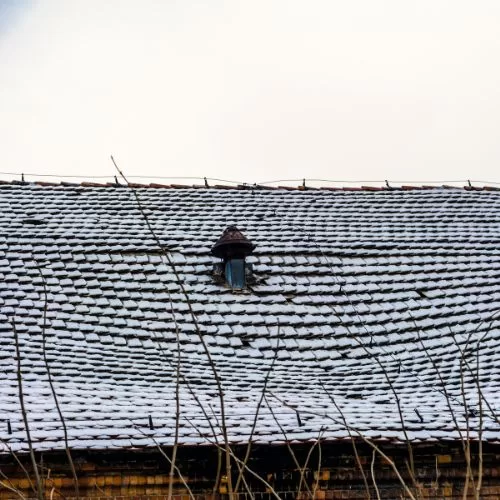
d. Damaged Flashing
Flashing is the metal material used to seal joints around chimneys, vents, skylights, and roof edges. Over time, flashing can crack, rust, or become loose, leading to water infiltration.
Signs to Watch For:
- Cracked or missing flashing around chimneys, vents, or skylights.
- Rusted or corroded flashing, particularly in older homes.
Solution: Replacing damaged or missing flashing can prevent leaks and extend the life of your roof. A roofer can properly seal the joints and ensure that water is directed away from vulnerable areas.
e. Granules in Gutters
If you notice granules from your shingles accumulating in your gutters, it’s a sign that your roof may be nearing the end of its lifespan. The granules protect shingles from UV damage and provide fire resistance, so losing them reduces your roof’s effectiveness.
Signs to Watch For:
- Excessive granules in your gutters or on the ground near downspouts.
- Bald spots on your shingles where granules are missing.
Solution: While some granule loss is normal as shingles age, excessive loss may indicate it’s time to replace the roof. A professional inspection can help determine the condition of your shingles and whether a replacement is necessary.
Final Thoughts
Regular inspections and timely repairs are key to maintaining the integrity of your windows and roof, especially in Canada’s varied climate. By addressing issues like drafts, leaks, damaged shingles, and structural concerns early, you can prevent costly damage to your home and ensure it remains safe, comfortable, and energy-efficient. If you notice any of these signs, it’s best to consult with a professional contractor or roofer to assess the extent of the damage and recommend the appropriate course of action.
